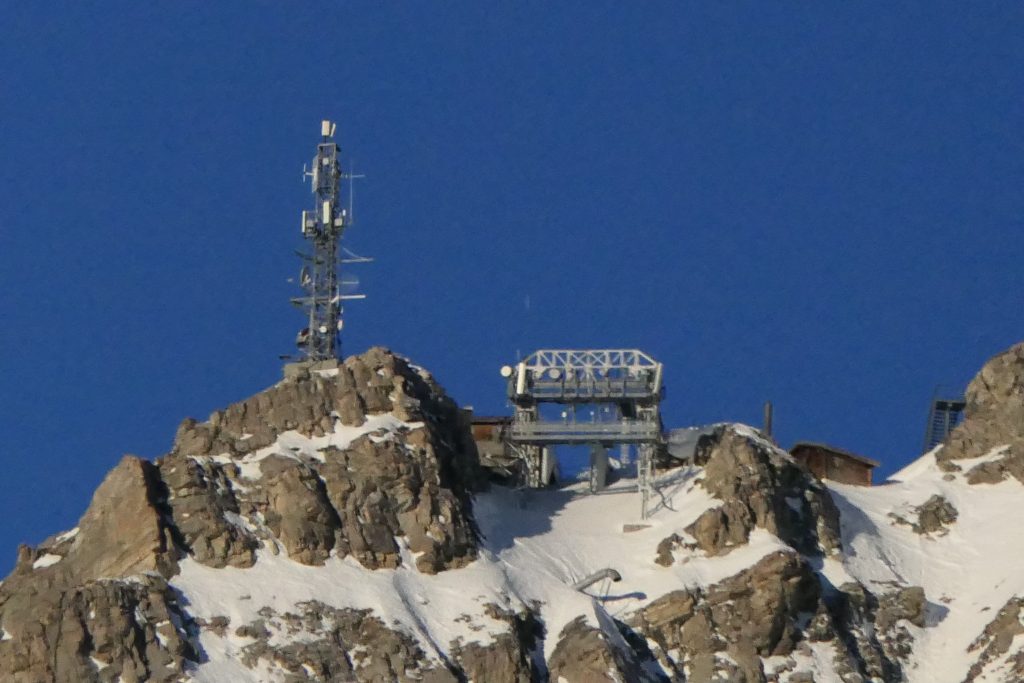Intro
Two more different skiers would be hard to find if you deliberately tried to. George had a wide stance and practically carved everywhere – his “short” turns being rather long! Namal had his feet jammed together and shoulders facing downhill, shoving his ski tails out to the side, skidding all his turns.
The common “fundamental” weakness however was the “pivot” so we started off there.
Pivot (braking fall line turns)
Five main principles were required to be learned here –
1: the turn may start and proceed from the uphill edge of the ski
2: there is no initial forward motion of the ski (pure pivot)
3: the turn is controlled by the motion of the centre of mass
4: the centre of mass is stabilised by the ski pole
5: everything moves “inward” – nothing is forced outward and there is no twisting torque applied
George showed at the end of the session that he has no pole use whatsoever when trying to make short turns in the fall line. Linking pivoted turns requires a strong use of pole plant so practising just 10 minutes each day with the pivot exercise will be enough to gradually cultivate this skill. Mogul skiers depend on strong use of the poles for this reason – they use pivot/braking turns.
Namal Showed a strong tendency to torque the ski into the turn rather than use the centre of mass to pull the ski by side slipping the tip laterally into the turn.
Side Slip
Side slipping was used – feet close together (to keep both skis on uphill edges) – to develop awareness of the centre of mass. The “joy stick” effect of controlling the side slip – “forwards diagonal” etc with a corresponding re-positioning of the centre of mass was used to control the side slip.
Dynamics
Dynamics was explained and demonstrated – the ski running forward and pushing the centre of mass downhill toward the turn centre. There is a button “Dynamics” on the blog header to take you to a full description of the Dynamics exercises.
Although George uses dynamics for his carving he hadn’t been conscious of it and aware that he could exploit this phenomenon.
With dynamics we do not use a pole plant – the lifting effect of the ski provides all the stability and centre of mass trajectory control required.
The skier’s job is to fall over and the ski’s job is to lift the skier back up.
It’s important to stand up on that “outside/uphill” leg and maintain the pressure on it from start to end of the turn. Don’t worry what edge the ski is on when you push the centre of mass into the next turn.
For the exercise just follow the skis with the upper body – do not try to “face downhill” – we are trying to active the same mechanical principles that correspond to riding a bicycle.
George needed to have more pressure on his ski fronts – but before that could really work he needed to know about angulation – because those things work together. Pressing forward from the soles of the feet against the boot shaft and hence on the ski fronts is dangerous without angulation to keep the centre of mass inside the turn and prevent being thrown “over the handlebars”. In the video George shows a lack of pressure on the ski fronts and a corresponding lack of angulation – all to be worked on! Earlier on when skiing on one leg George managed to be forward better.
Namal needs to stand securely on the hip of his outside leg – skiing is essentially a “one legged” activity. When using dynamics and standing properly on that hip – pulling it in underneath his centre of mass – then the leg looked strong and the posture correct. This proved that the “bow legged- feet jammed together” issue is coming from the pelvis/hip. It’s a complex issue that can’t be worked out directly – it was revealed through that exercise.
Angulation
We did the “loading” exercise to trigger the lower abdominal reflex for protecting the spine – face the pelvis downhill – not the shoulders! In fact this is “pull the outside hip back” from the start to end of the turn – the rest happens automatically.
Forward Pressure
With angulation in place you can go as hard as you want to on the ski fronts – even in deep off piste in nearly all snow conditions.
Namal needs to also tilt the upper body forward from the hip joints. His very upright upper body is linked to other aspects of his previous stance including pushing the heels out – when all the skiing was done on the tails by forcing the heels out (making off piste skiing very difficult!)
Most turns are a merging of pivot and carve!


